
Marie Tomanova didn’t expect to end up in New York City. She didn’t think she’d be a photographer either. But sometimes the best things happen when you don’t expect them. The Czech-born photographer released her second book, New York New York, last fall, and recently had a collection of portraits on view at C24 Gallery in Manhattan. The book and the exhibition were both curated by her long-time friend and mentor, art historian Thomas Beachdel.
“I think New York is a really hard city—rent is so expensive, the weather sucks most of the time, but I love the people of New York,” she says. “It’s really about the people, all these kids who come from different parts of the world and different parts of the U.S. to find who they are and make their dreams come true. New York is still the kind of place for that, and that’s what makes it so special.”
It’s an experience that mirrors Tomanova’s story of coming to New York. Her stunning portraits are a beautiful reminder of what it means to be a 20-something living in the city, stumbling along to carve out your place in the world. There is a hopefulness behind them and the feeling that anything might happen. Here, Tomanova talks with us about how she ended up in New York, her early experiences shooting portraits, and the importance of talking to strangers.
How did you start taking pictures in New York?
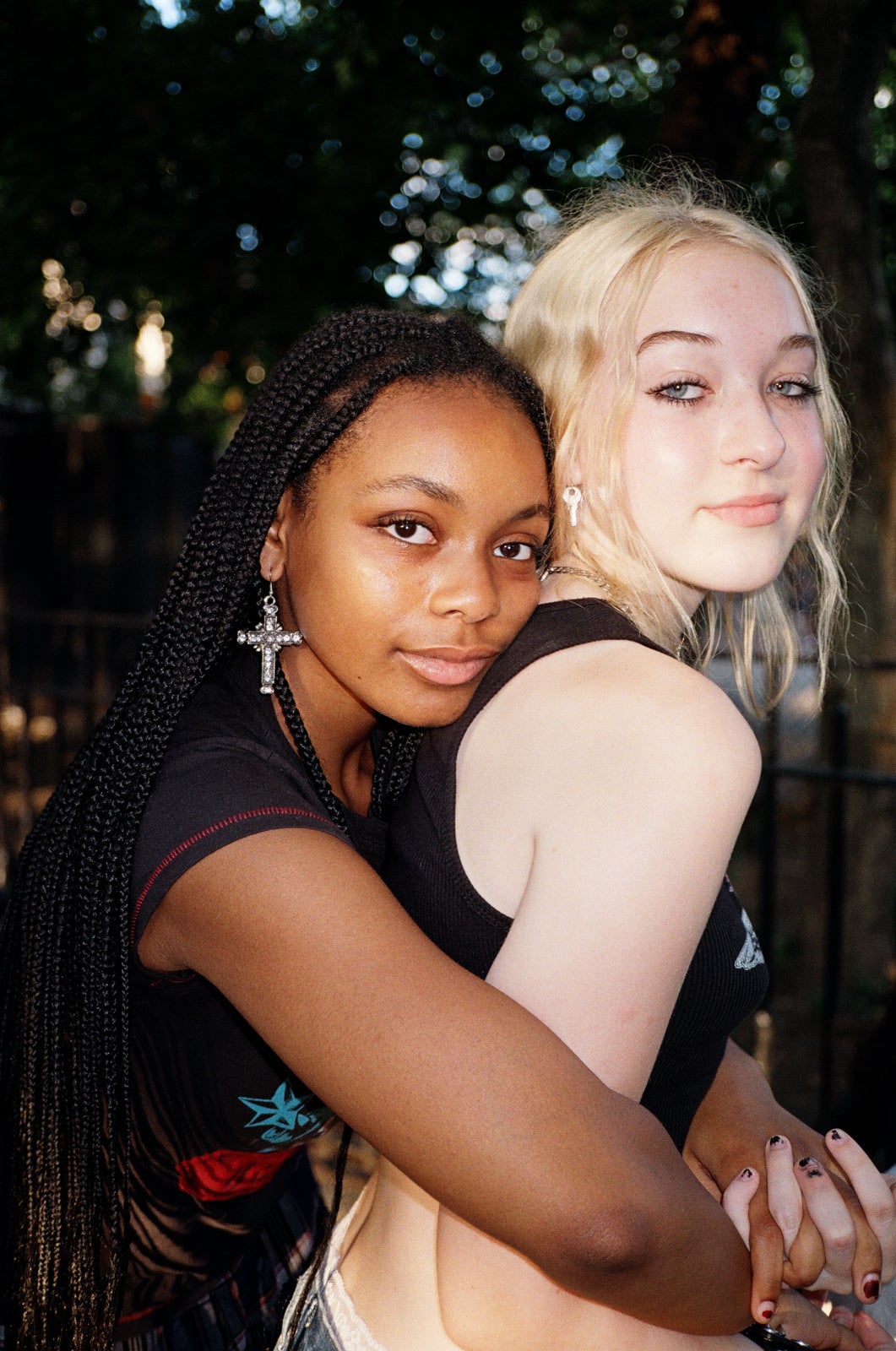
Related: The best photography books of 2021
I never really expected to end up in New York, I am from a small town in Czech Republic and I actually studied painting. There were never really any current photographers exhibited or taught at school, so I guess I never thought about photography. My studies in Czech at the university were a little troublesome because we just had terrible leadership at school and it was very male-focused—basically all the girls were ‘doing shit,’ no matter what you were doing. I finished school and I just thought I would never be an artist—I never felt supported or saw any possible career growth in the Czech Republic. I decided to leave for the United States and I left as an au pair. I really had no clue what I was doing with my life. I think I just wanted to buy time for myself to come to some kind of decision about what to do.
Did you come straight to New York City from the Czech Republic?
North Carolina actually. Thank God I didn’t go straight to New York because I might have been so overwhelmed. I did a lot of writing in North Carolina, like journaling, it was a huge cultural change for me. I thought that North Carolina was big, crazy, fast—like big highways and big coffee. I mean it was a total difference from a small countryside town in the Czech Republic.
My second year I moved to New York, first upstate, but I would be coming to the city on the weekends and that’s how I met Thomas Beachdel. He took me to the Met and to the Guggenheim. At the Guggenheim, there was a show of Francesca Woodman and I was so affected by the photos. The work was amazing and they were also showing her writings. I was reading through her writing and connecting on a really strong level. I decided why not try photography? So I started taking pictures, mainly self-portraits at the beginning, and that eventually evolved into meeting other people and photographing other people. This was a really special moment for me because I realized that through photography, I could actually connect with this whole new environment. For a long time, I felt like a stranger in the United States because the cultural differences were huge. Photography was a way to meet people and fit in.
Did you have any experience shooting before that?
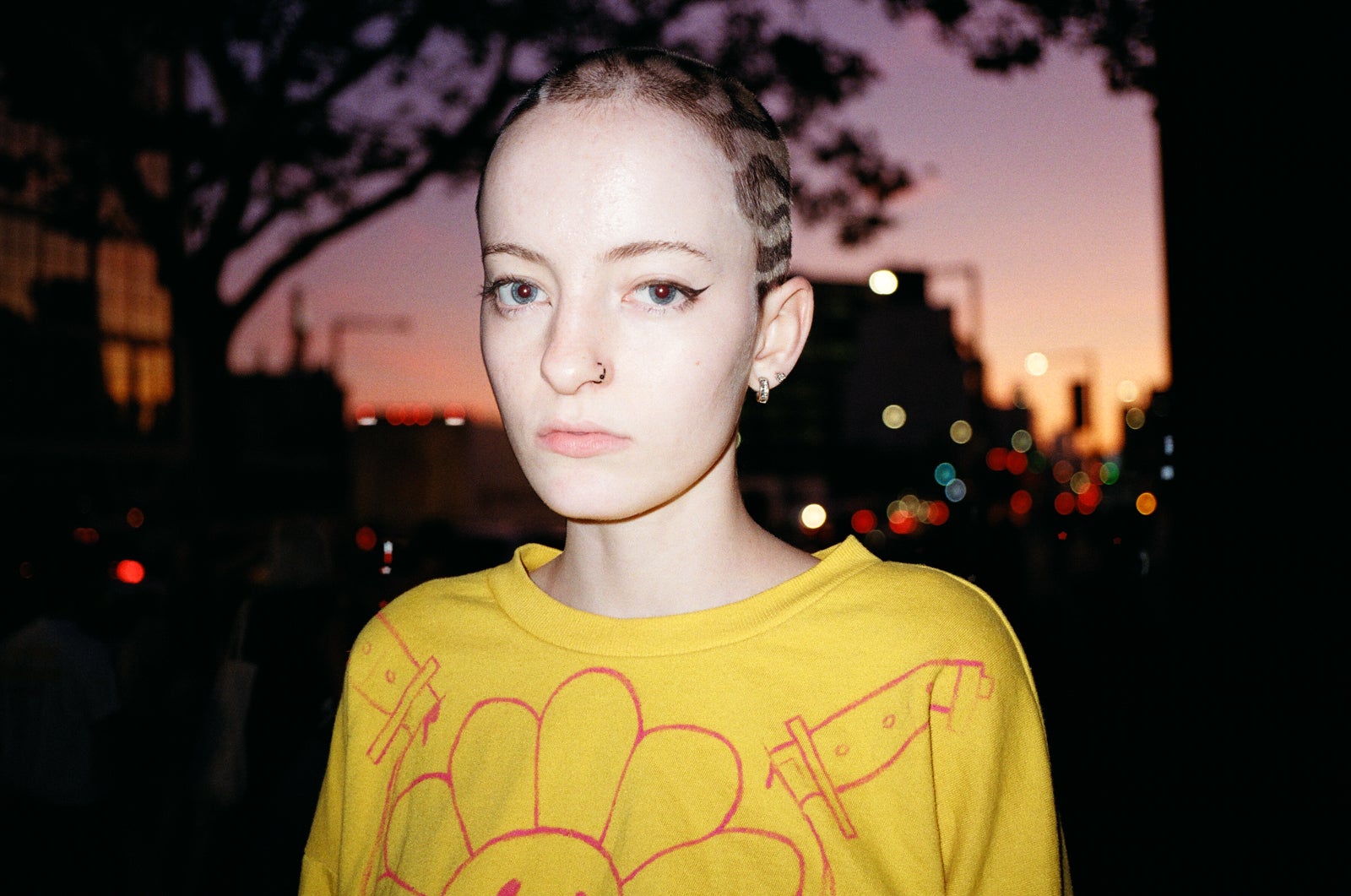
I actually got a cell phone with a camera back in 2006. Instead of painting every day, which I had been, I was just taking pictures every day. There was no social media, no Instagram, it didn’t exist back then. It was really just an archive for myself. Thomas Beachdel went into that archive in 2017, which at that point I was already in the United States for five or six years, and I couldn’t go back home. Looking at these pictures from home before I left felt like a totally different life. And there were so many real and candid images that were just very raw. I guess I had the urge to take pictures ever since I got a tool to do so.
What kind of camera did you use to shoot New York New York?
It’s all shot on film, Kodak Gold 200 and my Yashica T3, which is my go-to camera because it just has a great look. I just love to work with it.
What is a typical portrait session like for you?
The thing I was the most terrified of at the beginning, I eventually realized that I’m actually really good at. I don’t really know the person [that I’m photographing] and I’m usually meeting them in their own space, which means I’ve never been there before and I don’t know how it looks. So you are walking into a situation where you don’t know the person and you don’t know the space and you kind of need to improvise on the spot—which I find really satisfying and I really like it. It’s a good challenge. Most of the work was created like that. [But] there are also pictures from outside because it was shot from 2019 to 2021 [during the pandemic].
What was it like to start shooting pictures again after being inside and away from people for the early part of the Covid-19 pandemic?
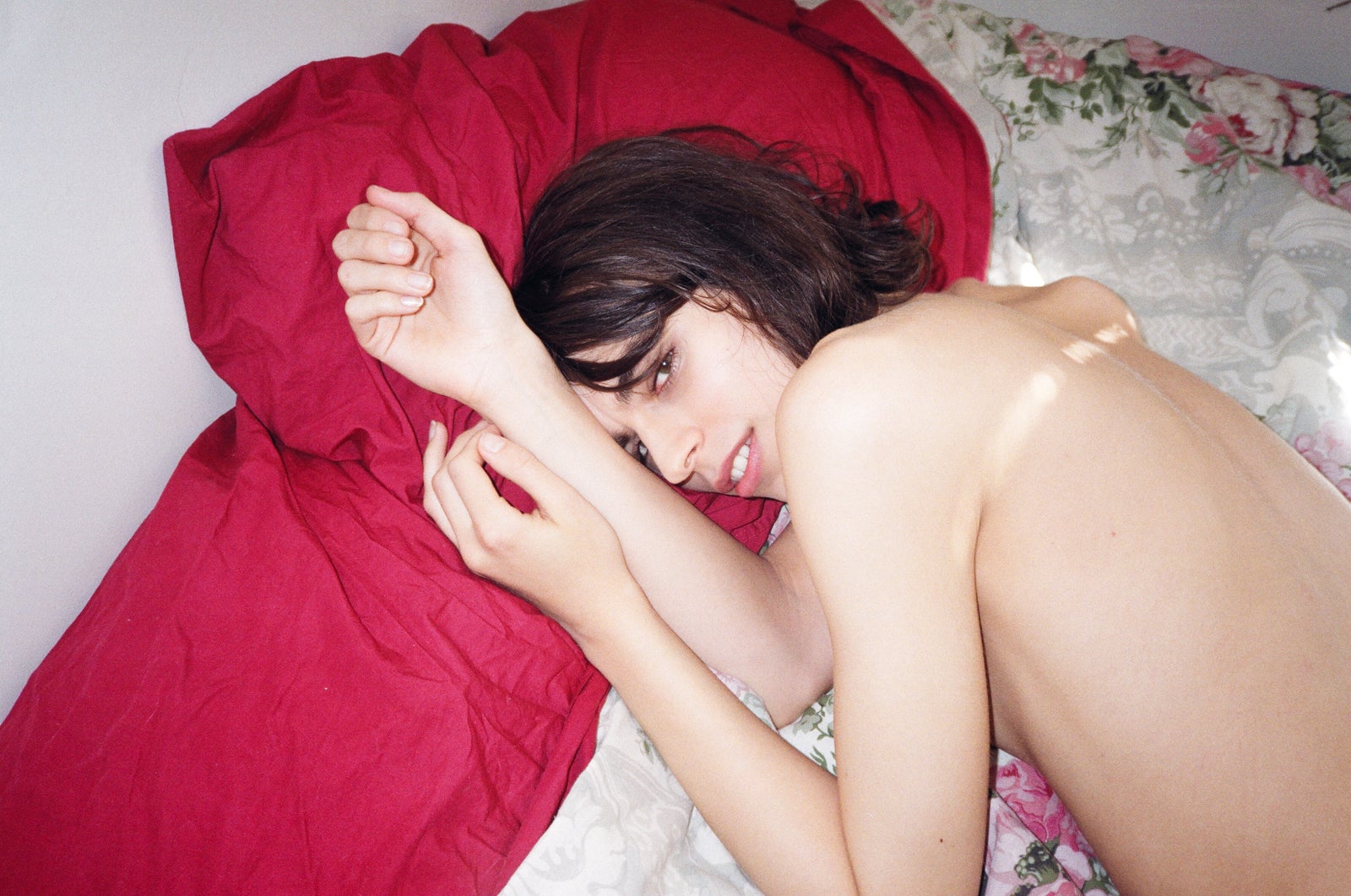
Those first few months after March 2020 were so hard and depressing. Everybody was scared, and I don’t think we’re still through it. It’s just insane what’s going on. I shot a lot outside around the East Village and around the East River, just walking the neighborhoods with one person, one-on-one, catching up and seeing how everybody’s doing. New York was really intense—not only the pandemic but then the Black Lives Matter movement—there were so many cops, helicopters, the fireworks. It was insane. I started eventually shooting again in the summer and mainly outside. The first time I went out with my camera and started again was the Go Skate Day at Tompkins Square Park. Out of nowhere, there were like, I don’t know, 200 kids skating. I just took a few shots and then after that I started meeting people by the East River.
Did most of the people who are featured in the book start as strangers?
All of them started as strangers actually. When I came to New York, I didn’t know a single person here. New York was a big unknown for me and it was actually very liberating in that way. I was unknown and in a sense, there were no set boundaries for who I was. In my small town, everybody knows that I’m my mom’s daughter, I have two sisters, and then they kind of label you with that family. It was just a small town. Coming to New York, there was so much freedom and anonymity in a way. And think that’s a part of what Kim Gordon talks about in her forward: If you’re open to it, New York will allow you to become who you want to be because there’s space for it—even though it feels like it’s so hectic, people are everywhere, but it gives you internal space.
How long are you typically spending with your subjects when you make portraits?
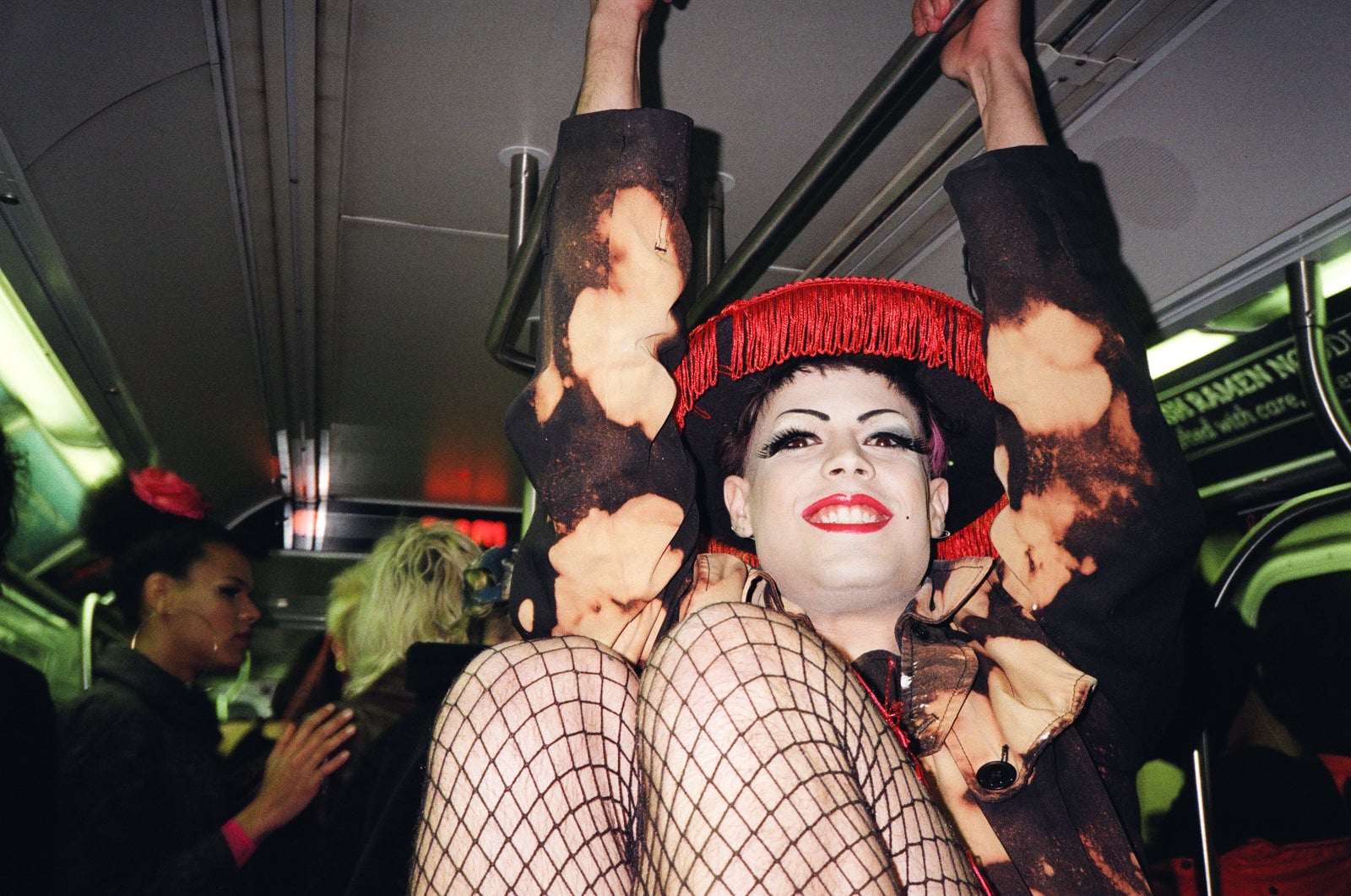
I usually do about two hours and spend at least one hour talking throughout the shoot. I think it’s about meeting people and you need to kind of make them feel comfortable, plus I want to feel comfortable. It’s a mutual thing of just talking and opening up. I usually shoot two or three rolls of film. It’s essentially about an hour of shooting, sometimes more, it depends. But it’s really about taking time to also get to know each other because that’s an important part of it for me.
It sounds like you must have a pretty massive archive, how important is it to have someone like Thomas to help you cull through it?
He’s very important. I don’t think I would be here if I didn’t have his support from the beginning because I kept showing him pictures. He’s looked at hundreds of pictures with me and basically become a mentor in a way that was lacking in my education in Czech Republic. I accidentally and luckily found it in the United States without even expecting it. Thomas was the one who dove into my archive and put together the Young American series, which was in the first book. It was 60 images or 65 in the book and over 300 portraits in the exhibition, that was just three years ago. That was my first show and that was a big breaking point. I got really lucky with the fact that I worked with Thomas from the beginning. There wasn’t really some vision that he was trying to push me into, instead, I could kind of grow on my own with his support.
Are there any other photographers who have inspired you along the way?
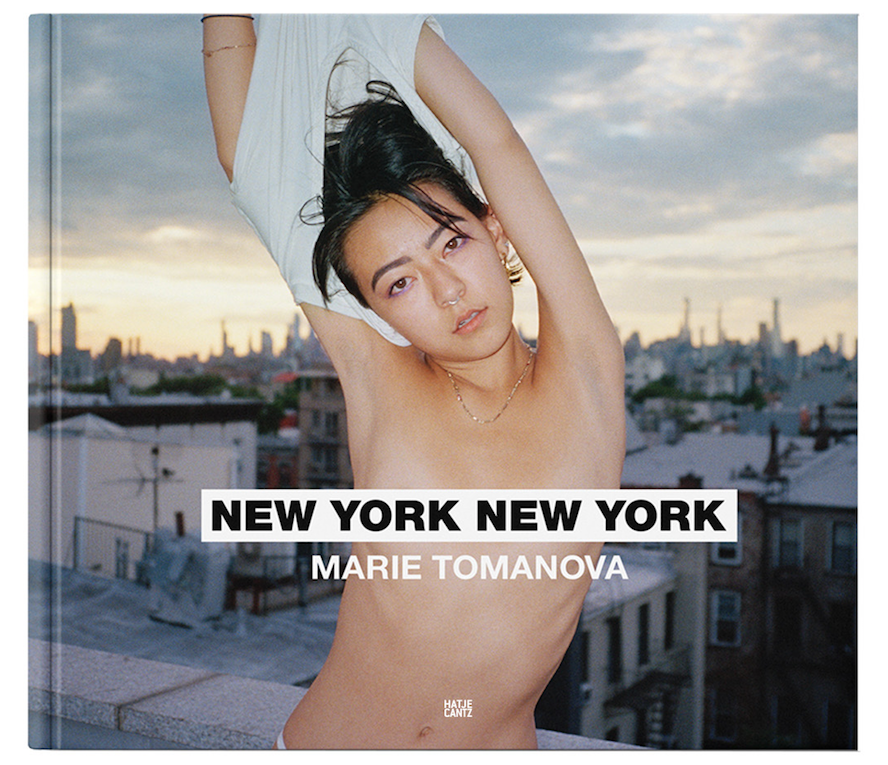
Definitely Ryan McGinley—he is actually one of the reasons why I came to New York. I was in North Carolina, just writing and thought, maybe I’ll go to New York, where there is this amazing photographer and maybe I can be a model or a muse for him. That would be a great honor, but I never imagined that I could be a colleague to him.
I guess for me as a girl—growing up in Czech Republic at a certain time—we were really just objectified at school, it was very sexist and very inappropriate, especially after I experienced education in the United States. That’s when I actually realized how bad it was in the Czech Republic and how unacceptable—but I couldn’t see it when I was in it, because I didn’t have anything else to compare it to. At one point I could only see myself as an object or model to someone like Ryan McGinley, rather than somebody who can be on the same level as a professional. It’s something I would never have dreamt of early on. It’s been so much of going through my own ceilings of expectations. It’s been an amazing journey.
“New York New York” is available now.
The post Marie Tomanova’s intimate portraits of young New Yorkers appeared first on Popular Photography.